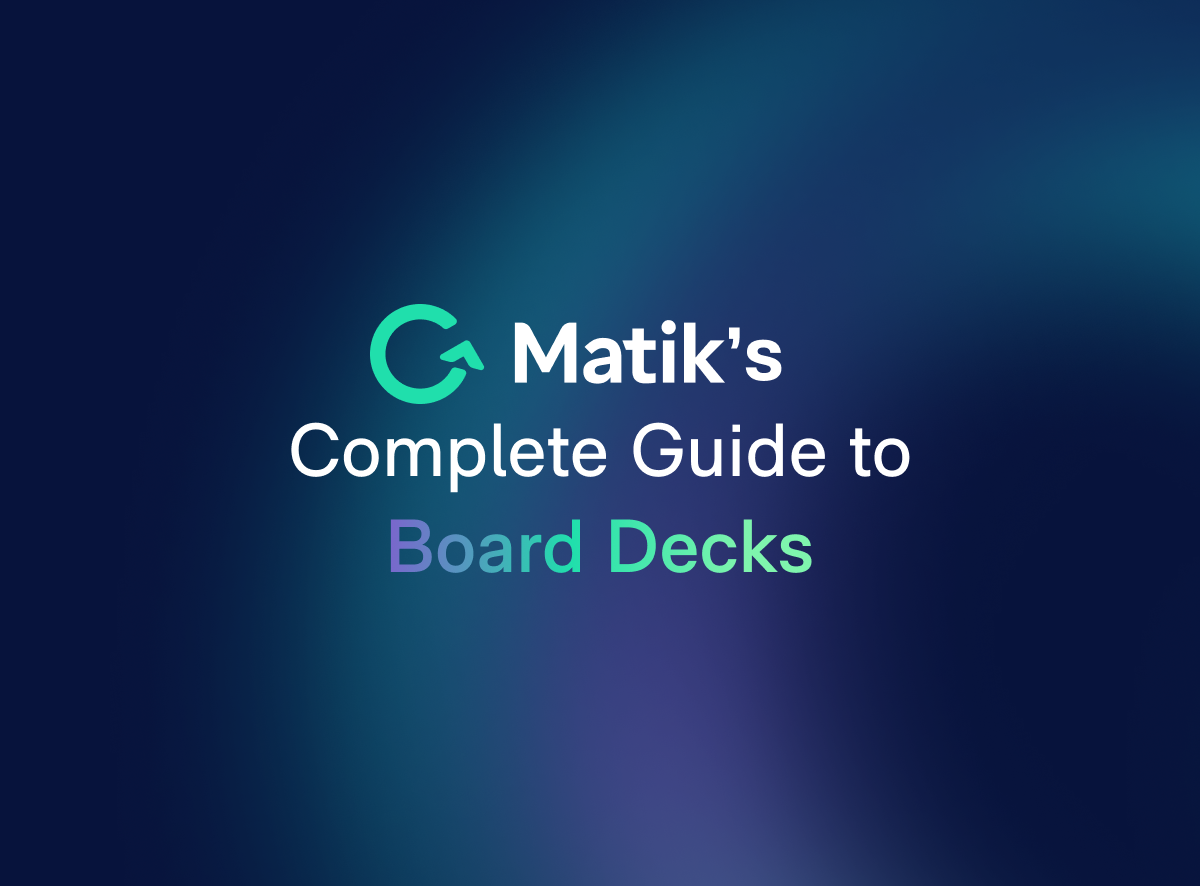Join Our Newsletter
When buying software, clothing, food, or shopping for any product or service, consumers look to others' success and opinions to help weigh out their options. This information is often shared by word of mouth, but in the SaaS industry, prospects often need to see data as social proof in order to validate that a product is worth their investment.
Implementing data as social proof to emphasize the value of a product early in a sales cycle is a way for SaaS reps to encourage curiosity and drive interest in their prospects’ minds. It also enables sales and CS teams to show how existing customers have solved similar business challenges with their product. Below, I’ve shared some of my favorite ways to present data early in the sales cycle.
Sharing case studies
To prove the value of your product early in the sales cycle, it’s helpful to send relevant, data-driven case studies to your prospects. Next time you’re striking up a new conversation with a prospect, consider sharing a data-driven case study from an existing customer that shares a similar industry or similar pain points. This form of social proof is valuable to encourage a consultative and thoughtful selling approach because it proves to your prospects and accounts that you come to the table with personalized solutions.
Sometimes, however, digging up case studies, testimonials, and data-driven insights from other customers can be a tedious process as an SDR or CSM. The most valuable resource you have as an SDR or a CSM is time, and searching for data can limit time that could be spent building trust with your prospects or customers.
In my own day-to-day processes, I actually use Matik to simplify this process. In Matik, all I have to do is select the use case the prospect may have, then Matik pulls in the most relevant case study and data from other customer accounts. As an SDR, I don’t have the time to research every single targeted company, so this saves me hours while still giving me the personalized information I need to win the prospect. This can also be helpful for CSMs who are looking to upsell or renew a customer.
ROI one-pagers
Besides sharing case studies early in the sales cycle, another approach I find helpful is to create personalized ROI one-pagers. Creating a one-pager or ROI analysis of your product for a specific account is a very personal touch, but it does require a lot of leg work if done manually. Copying and pasting customer insights into templates or even calculating ROI manually takes time and bandwidth you likely don’t have for your entire targeted account base.
That’s exactly why I use Matik for this as well — it enables me to generate a personalized ROI one-pager for a prospect in four seconds. All I have to do is choose who the one-pager is for, fill in a few other inputs, and Matik queries the data from our database to create the ROI one-pager for me. These resources are incredibly helpful for conversations with customers because they help show concrete data on the value of a product, and I like to share these as early in the sales cycle as possible.
As I mentioned before, data in the early sales process is a very effective method of personalized selling. However, social proof and data are not easy to send out at scale, especially as an SDR with thousands of leads and prospects. And as a CSM with dozens of accounts, manually creating data-driven QBRs and one-pagers isn’t scalable either.
_____
In order to empower your sales or CS team to prove product value early in the sales cycle and customer journey, make sure they’re able to quickly pull data-driven insights that they can deliver to customers. This will help build trust, strengthen your case, and get time back to target more prospects. With the ability to quickly scale and create deliverables, I have a ton more time back in my day so I can become better at my role.
---
Interested in Matik? Request a Demo















